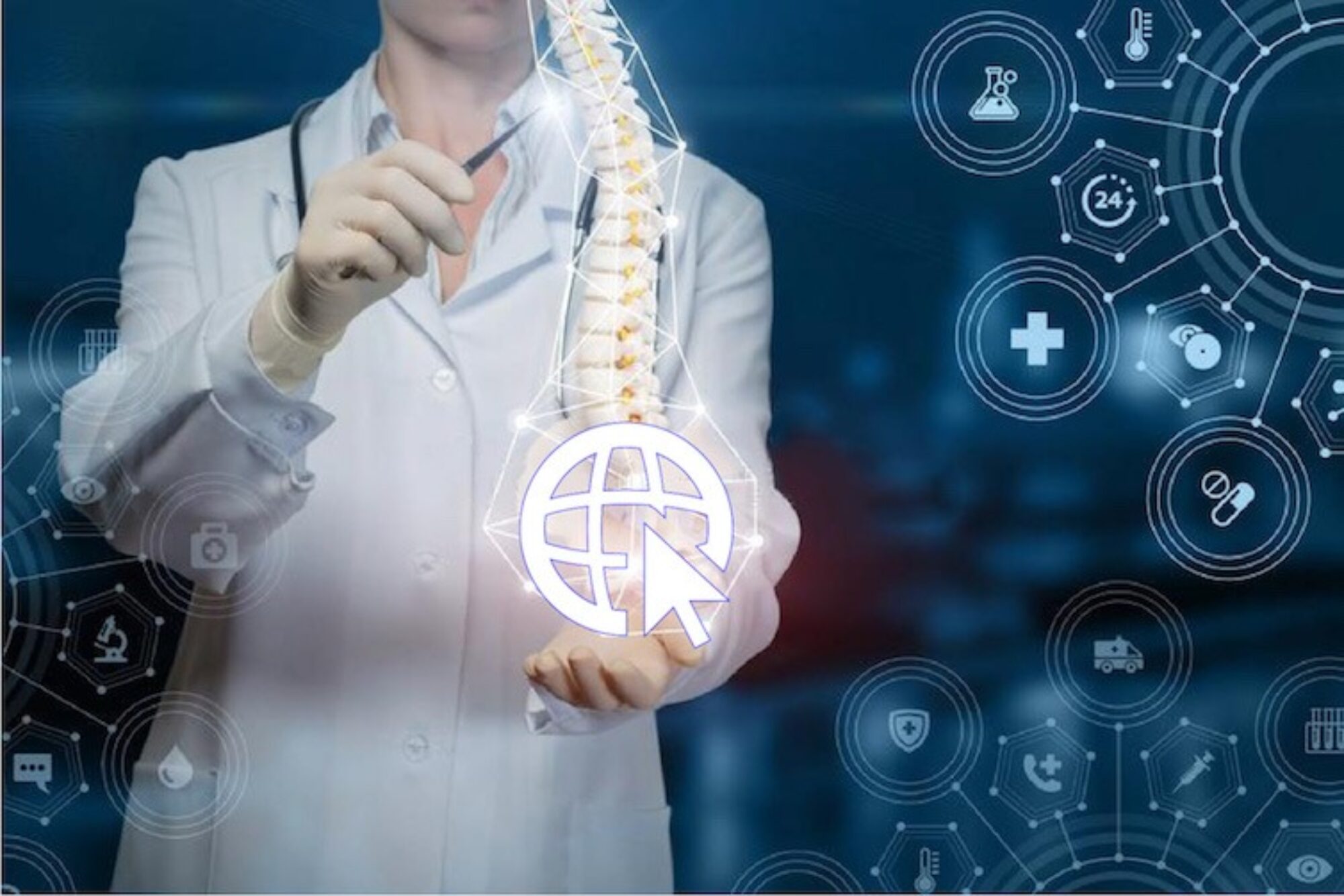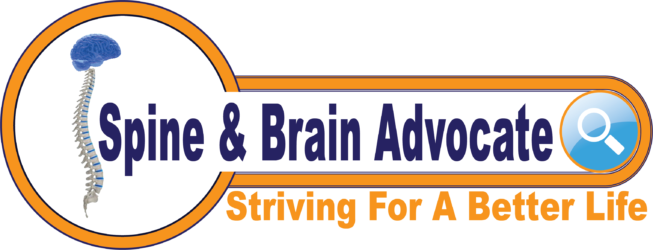Physical Therapy for Craniocervical Instability
Presentation and physical therapy management of upper cervical instability in patients with symptomatic generalized joint hypermobility: International expert consensus recommendations. Reference
If you have a physiotherapist or chiropractor, it is suggested you share this study with them.
“Seventeen clinicians participated throughout the consensus process. All participants except one were physical therapists/physiotherapists.
Mechanical irritability of UCI symptoms suggests that they have a mechanical cause (i.e., instability) rather than a systemic cause. Furthermore, assessing irritability is important to determine the safety of performing the physical examination or interventions to minimize flares (exacerbation of signs and symptoms). three components of mechanical irritability: (1) The condition is severe, (2) The condition is easily flared, and (3) Prolonged time to ease after flare.
Patients in the High Irritability group might tolerate some proprioceptive and motor control training, focusing first on the pelvis and lumbar spine to provide a more stable base for the cervical spine. Patients with cervical instability should also work on lumbopelvic control, which will be variable in need and speed of progress, and in some may be necessary before commencing treatments for cervical motor control. All exercises need to be done correctly, engaging deep stabilizers/local muscles, while not over-recruiting global muscles. Exercises should be as functional as possible to ensure optimal motor patterning and retention, and to enhance carry-over into daily tasks.All motor control training should be performed with the spine in optimal alignment, which may require exercises typically done upright, to be done in supine or side lying instead. Any movement-based interventions should be discontinued if the patient appears to flare and postponed until they have progressed to a less irritable state.
The recommendations can benefit patients through improved recognition of S-GJH/UCI, decreased likelihood of flares from the physical exam or intervention, and improved management. Participants in the consensus process agreed that most patients with S-GJH/UCI fall in the Low and Moderate Irritability groups and can do well with appropriate physical therapy. Though less common, patients with High Irritability are the most challenging to treat in physical therapy; nevertheless, education about body mechanics, functional training, and posture training are all likely to be beneficial even for patients who require surgery.” Reference
The following videos are neck mobility and stability physiotherapy exercises. Consult with your healthcare professional before trying any of suggestions in these videos. Spine and Brain Advocate is not affiliated with any of the people in these videos.
* This content is provided for informational purposes only and is not a substitute for professional medical advice, diagnosis, or treatment. Please consult a healthcare provider for guidance about any specific medical condition and before doing anything contained in the videos. The viewer is solely responsible for all outcomes of the use of this material.
Beth Wagner, a licensed physical therapist and Doctor of Physical Therapy, provides content online focused on physical rehabilitation, movement and function.

